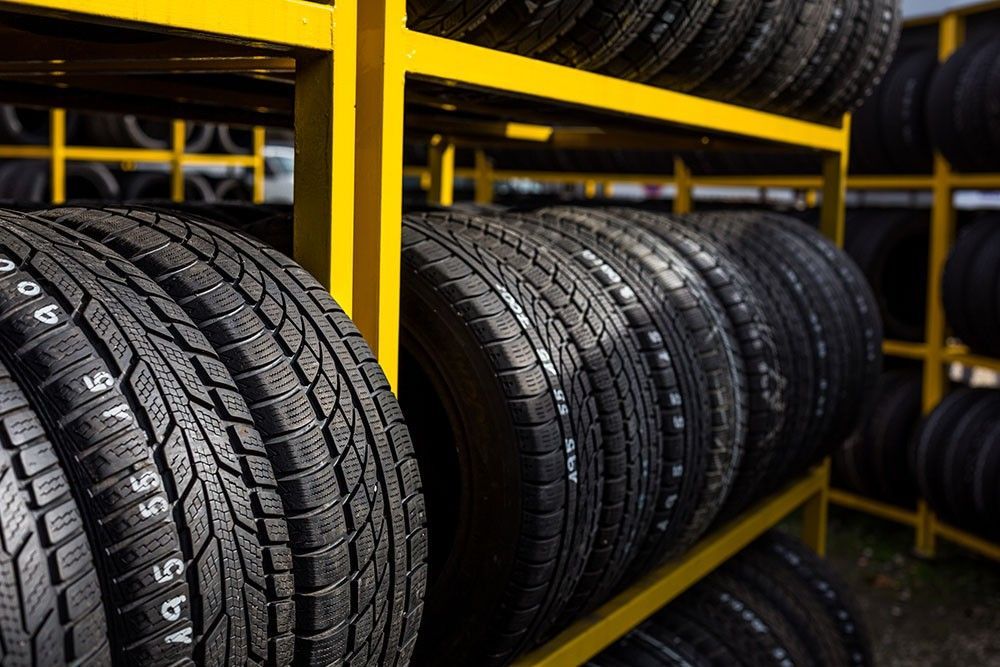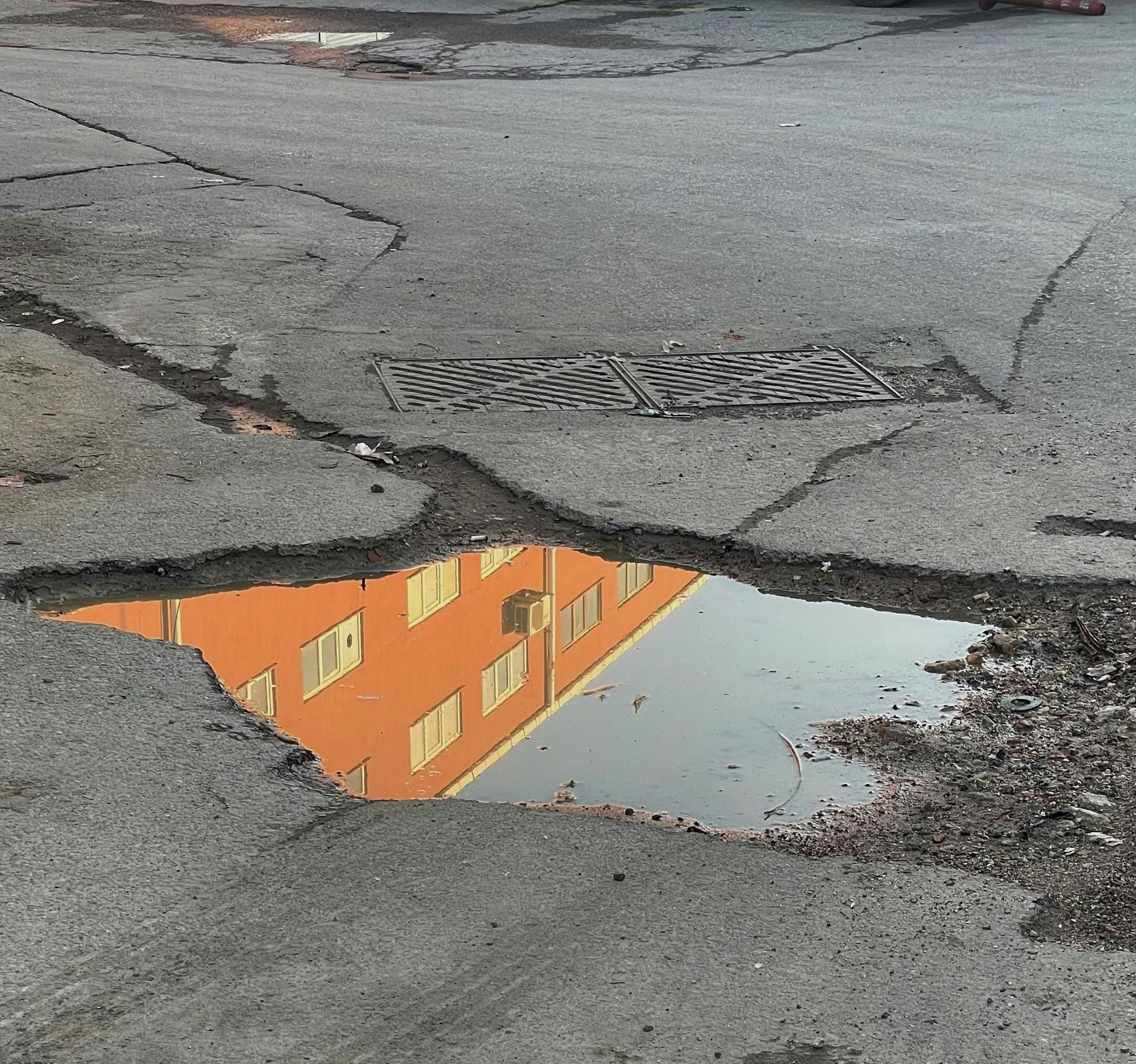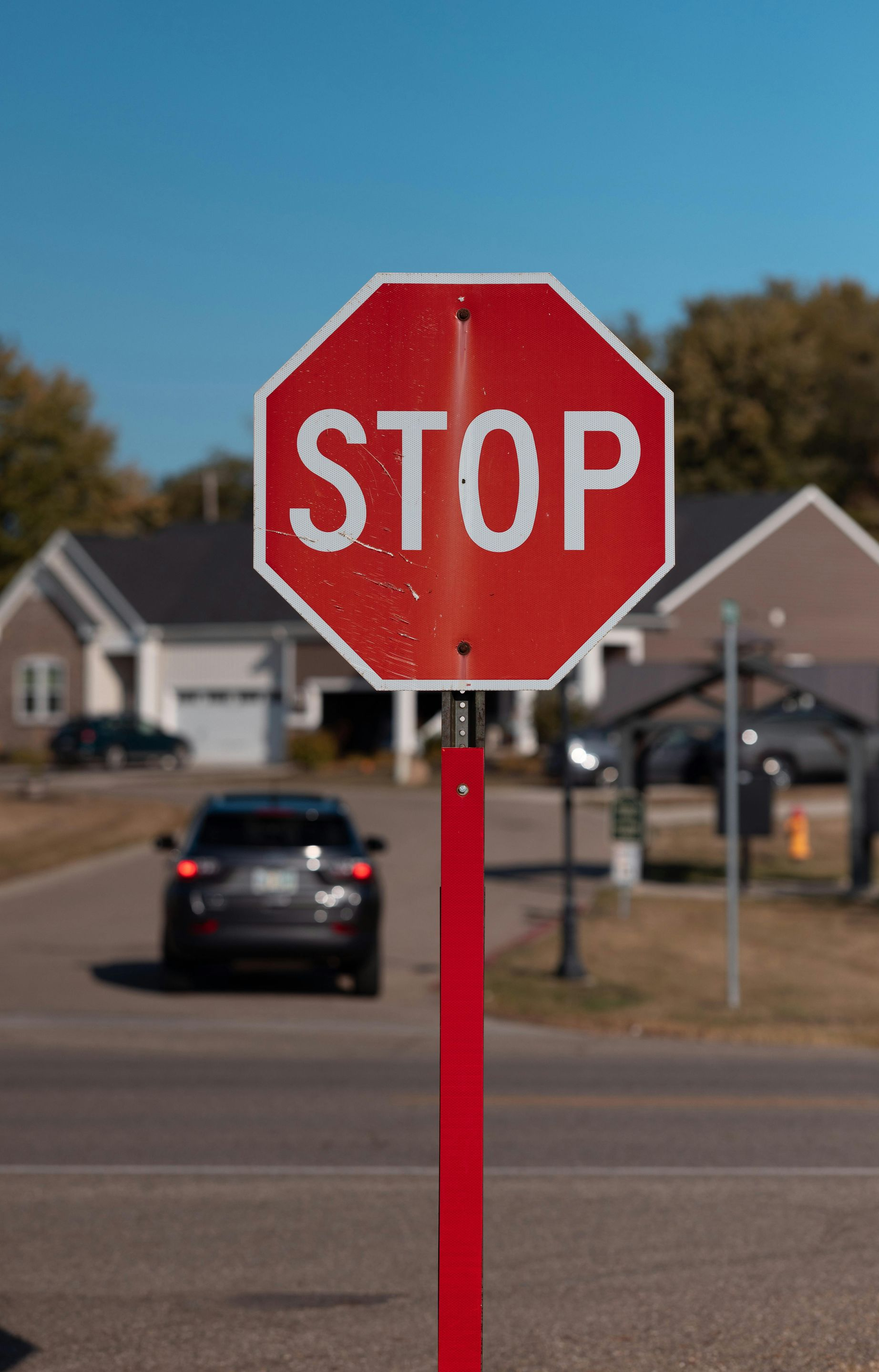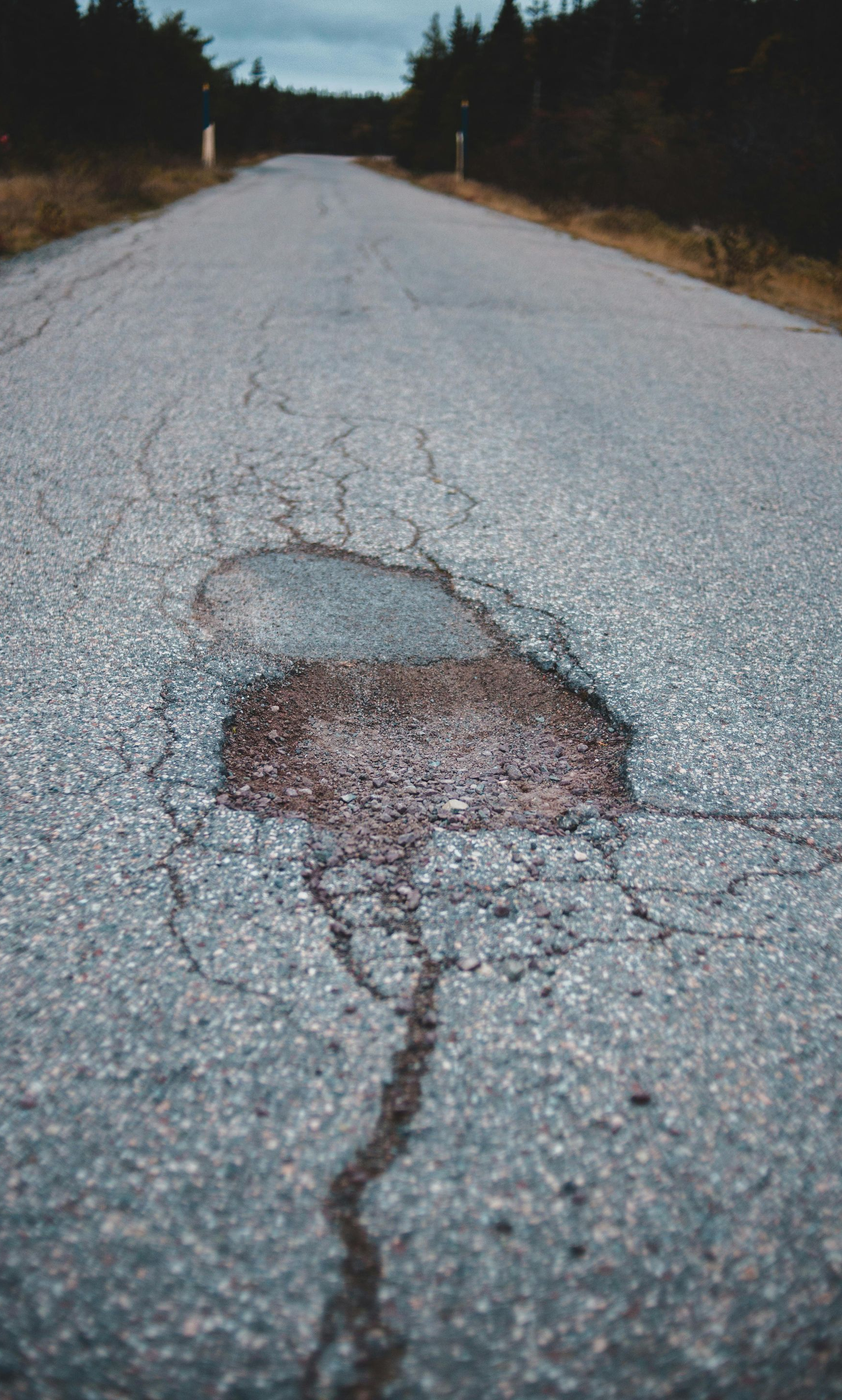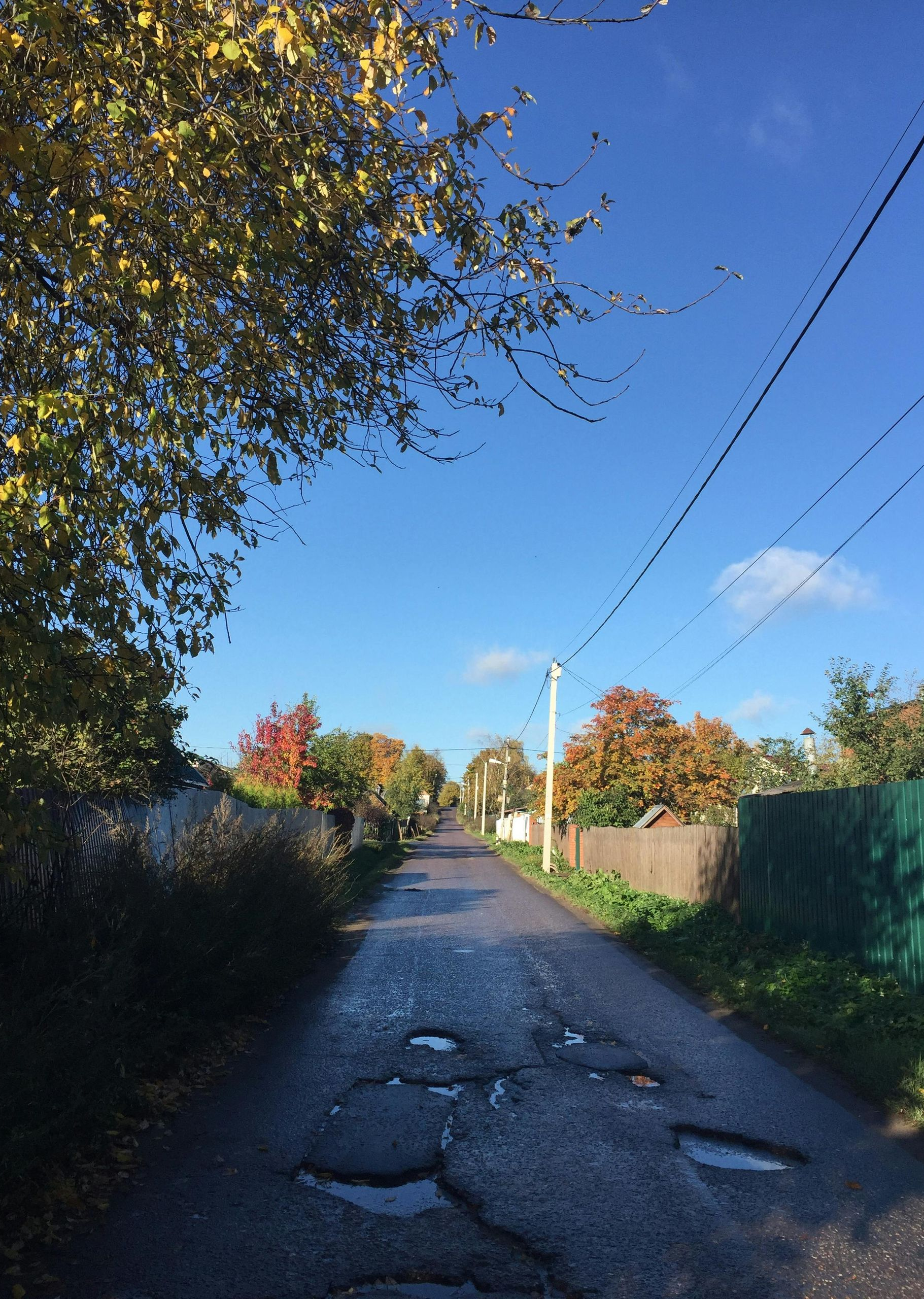Signs of Tire Damage After Hitting a Pothole
Recognizing Early Signs of Tire Damage
Driving over a
pothole is an unpleasant experience that nearly every driver has faced. Sometimes the impact is minor, but in other cases, hitting a pothole can cause significant damage to your tires and wheels. Unfortunately, not all damage is immediately visible, which makes it important to know what to look for after such an incident. At Raymond’s Tire Shop, we want drivers to stay safe on the road by recognizing the signs of tire damage early and taking steps to prevent further issues.
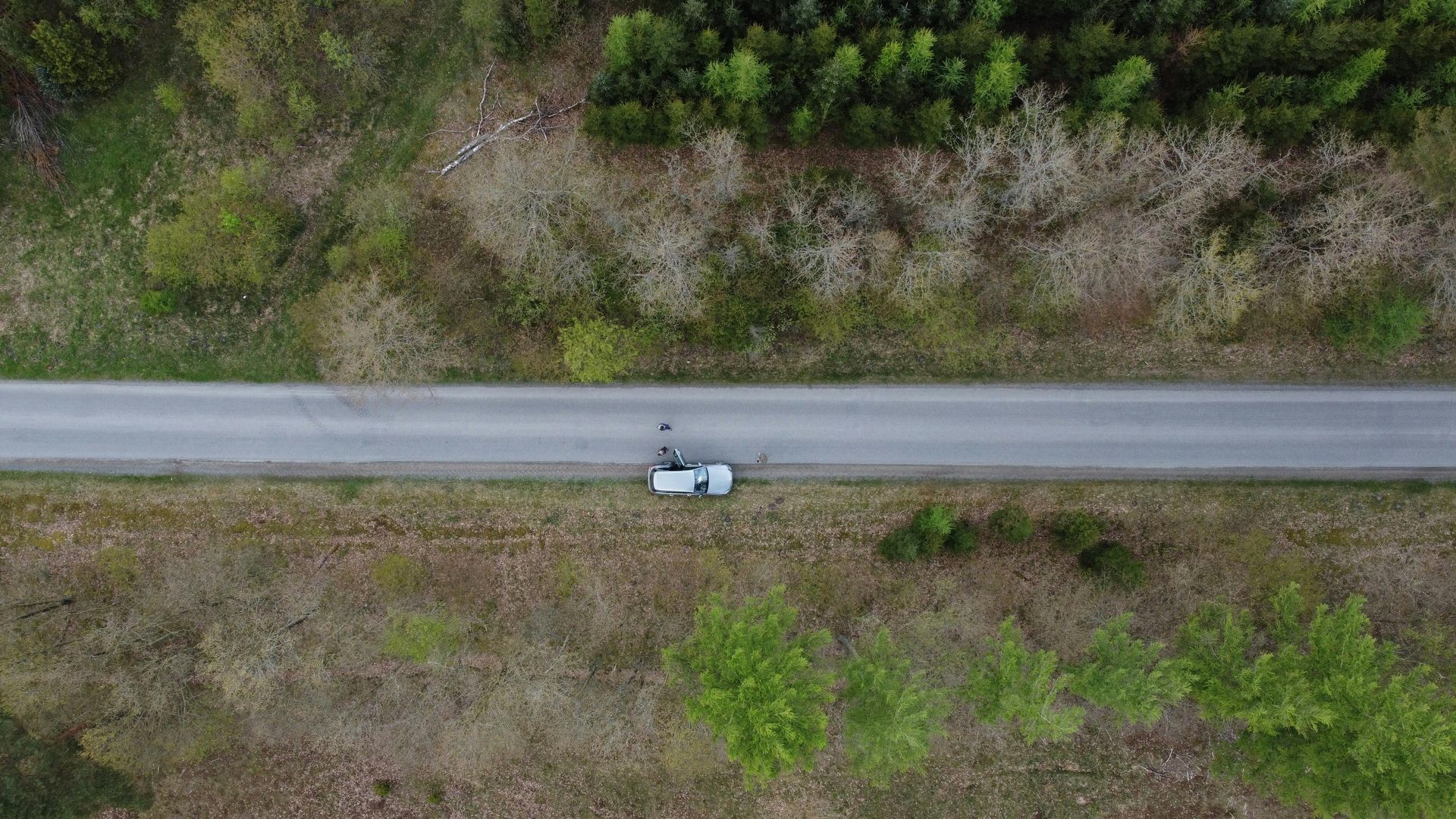
Sidewall Bulges
One of the most common results of hitting a pothole is a bulge on the sidewall of the tire. This occurs when the impact damages the internal structure, allowing air to push through the layers and create a bubble. Sidewall bulges are a serious safety concern because they weaken the tire and make it prone to blowouts. If you notice any bulging on your tires after hitting a pothole, they should be inspected immediately.
Uneven or Excessive Tread Wear
Pothole damage can also affect wheel alignment and suspension, leading to
uneven tread wear. You may notice that one side of the tire is wearing faster than the other, or that the tread pattern looks irregular. Not only does this shorten the lifespan of your tires, but it also reduces traction and increases the risk of accidents, especially in wet conditions.

Vibration While Driving
If you feel a vibration through the steering wheel or the vehicle itself after driving over a pothole, this may indicate tire or wheel damage. A bent rim, internal tire damage, or alignment issues can all cause vibrations. Even if the tires appear undamaged at first glance, a professional inspection is necessary to identify the source and prevent further wear or mechanical problems.
Loss of Air Pressure
A sudden or gradual loss of air pressure following a pothole impact is another sign of damage. The tire may have developed a small puncture, or the bead that seals the tire to the rim may have been compromised.
Driving on underinflated tires is dangerous, as it reduces handling, increases fuel consumption, and raises the risk of a blowout. Monitoring your tire pressure after hitting a pothole is an important precaution.
Visible Cracks or Cuts
In some cases, the damage is obvious. Sharp edges inside a pothole can cause cracks or cuts in the tire’s rubber. Even small surface cuts may worsen over time, especially under the stress of daily driving. Any visible damage should be taken seriously and checked by a professional to determine if the tire remains safe to use.
Alignment and Steering Issues
A pothole strike may not only harm the tires but also disrupt
wheel alignment. If your vehicle begins to pull to one side, or if the steering wheel feels off-center, this may indicate alignment problems caused by the impact. Misalignment affects how evenly your tires wear and can compromise handling, making driving more difficult and less safe.
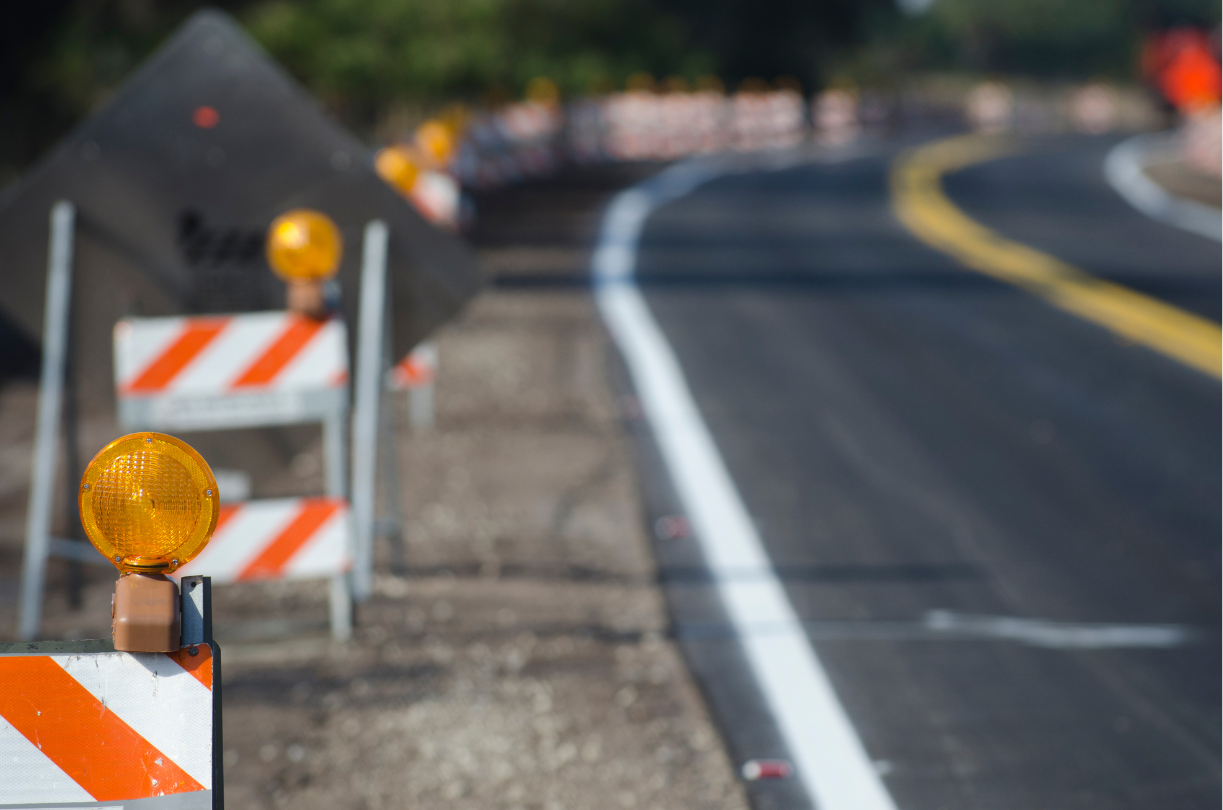
Final Thoughts
Potholes are an unavoidable hazard, but their impact should never be ignored. Even if a tire looks fine on the surface, hidden damage can compromise safety and performance. By recognizing signs such as sidewall bulges, vibrations, uneven wear, or air pressure loss, you can address problems before they escalate.
At Raymond’s Tire Shop, we provide expert inspections, repairs, and replacements to keep drivers safe after pothole damage. If you suspect your tires have been compromised, our team is ready to assess the situation and recommend the best solution. Protecting your vehicle starts with taking tire damage seriously, and we are here to help every step of the way.





